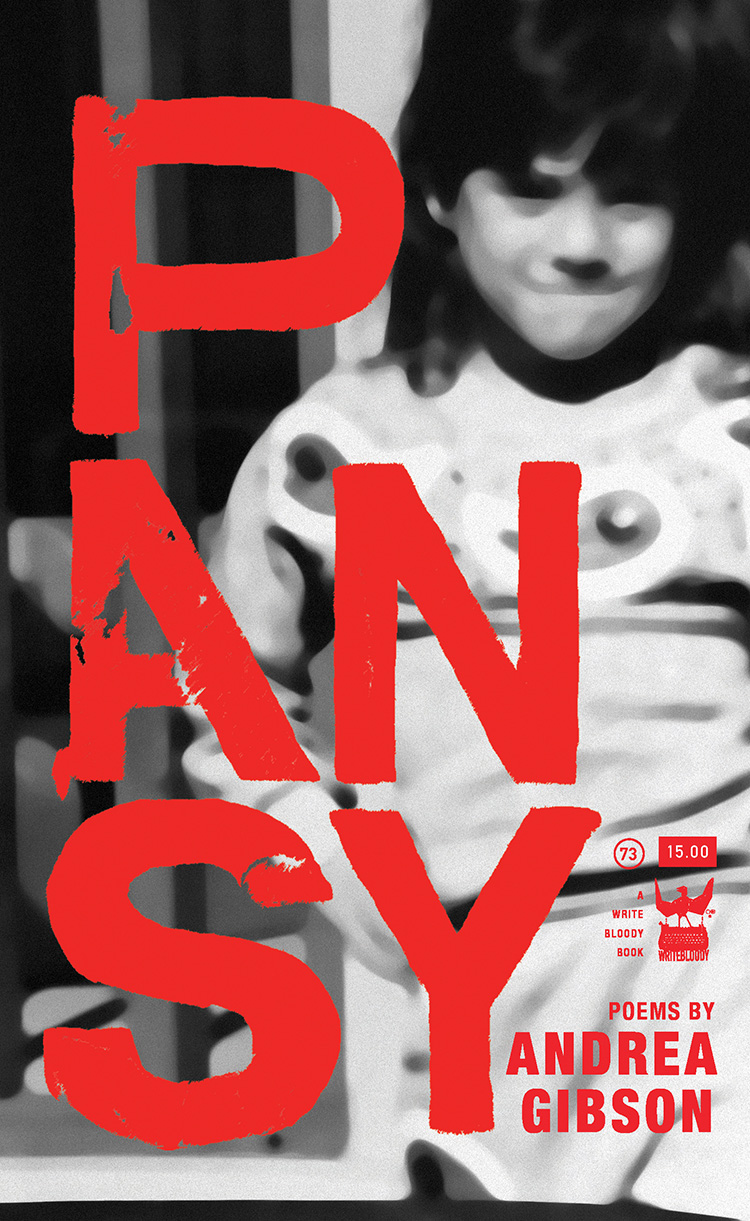When you open up a book and it includes a map, family tree, glossary, and a pronunciation guide, you know you’re getting into something big. Hild is the first book in a (3 part?) series that explores the life of St Hilda of Whitby. Hild starts with her childhood and her ascent into being a king’s seer. I don’t read a lot of historical fiction, so I was pretty quickly overwhelmed by the scope of this book. Little did I know that I would soon wish that the family tree included was about three times as large. The story deals with a lot of political intrigue, and depends on keeping track of who is related to whom, and how royalty is passed through family lines in medieval Britain. Personally, I’m already terrible with names, so throwing in a lot of names that I’ve never heard before made it even harder for me to try to puzzle out what was happening. Add in vocabulary that I wasn’t familiar with (again, I ended up wishing more was included in the glossary), and I’ll admit that sometimes I just gave up on really understanding where the plot was heading. Take this paragraph, for example:
As the weather improved, messages began to come in from all over the isle. Two, from Rheged and from Alt Clut, said the same thing: Eochaid Buide of the Dal Riata was sending an army to aid the Cenel Cruithen against Flachnae mac Demmain of the Dal Fiatach, and chief among the Dal Riatan war band were Idings–though the man from Rheged thought two, Oswald and Osric, called the Burnt, while the messenger from Alt Clut thought three, Oswald, Osric the Burnt, and the young Osbald.
I’ll admit that that is a bit of an exceptional example, but it does give you an idea. Subsequently, I found getting through Hild to be a bit of a slog at times. Surprisingly, though, I never wanted to put it aside for something else. Partly it was because I’d heard such good things about it, but also because the story still had so much to offer, even when I wasn’t sure who had just been unseated and what that meant for political climate. (The political aspect of the novel resembles an elaborate chess game.) For one thing, Hild is a fascinating character. Her mother had a vision while she was pregnant with her that Hild would grow up to be the “light of the world”. Her mother raises her to become this, training her on how to be a seer–which mostly involves being very, very observant. Hild grows up to be keenly aware of everything happening around her, using this knowledge to make seemingly uncanny predictions of what will happen next. Between her and her mother, they demonstrate how women are able to find ways to exercise power even when society is stacked heavily against them, and other female characters show this in more subtle ways. Even the fact that Hild constantly references this political landscape as a fabric being woven shows this: the mix of the traditionally masculine political world contrasted with “women’s work”.
The story also shows the changing social climate of the time, specifically of what it looked like when Christianity was just beginning to be widely recognized and taking over older systems of belief. Nature also remains a constant theme in the novel, really immersing you in the landscape. Griffith is a fantastic author, and manages to balance many different aspects of this story effortlessly, often subtly alluding to earlier themes that I hadn’t even consciously noticed until they were perfectly tied in again. Hild is equal parts an expansive story about the rise and fall of kingdoms, and a coming of age story.
Then, of course, we have the reason this review is at the Lesbrary: Hild’s bisexuality.
Spoilers below.
The fact that Hild is bisexual (though, of course, she doesn’t use that vocabulary) is a nonissue in her life. In fact, it’s referenced several times that it’s not unusual for gemaecce (female friend pairings) to have sex with each other, but it’s discouraged simply because if the sexual relationship sours it creates tension in the friendship. Hild doesn’t end up with her gemaecce, but instead with her slave, which definitely comes with a lot of power dynamics. Gwaldus, her slave, is the one who initiates the relationship and who dictates the terms, but that doesn’t negate the fact that she is owned by Hild. Sex is treated differently in the story, however: it’s handled as a physical need, as Gwaldus soothing Hild, not unlike brushing her hair or any of the other services she provides. Still, Hild eventually frees Gwaldus and ends the relationship, implicitly acknowledging that she was at fault. It’s definitely not a focus of the story, and it only comes up near the end of the book, but if you’re looking for a book that “just happens” to have a queer main character, this definitely fits the description.
Despite being a little lost a lot of the time while reading it, I enjoyed Hild and will definitely be continuing with the series. Although this was an ambitious and satisfying book, I can see how it could also be setting up for the main story in the next volumes, so I look forward to that. I would recommend this one, especially if you’re a fan of historical fiction (or epic fantasy, because several reviews compare it to “Game of Thrones without the dragons.”



caseythecanadianlesbrarian says
I’m glad to hear you liked and got through this! I’ve heard great things too but was daunted by the size when I got it out of the library.
Danika @ The Lesbrary says
I definitely did feel like it was a challenge at times, but I’m glad I read it!